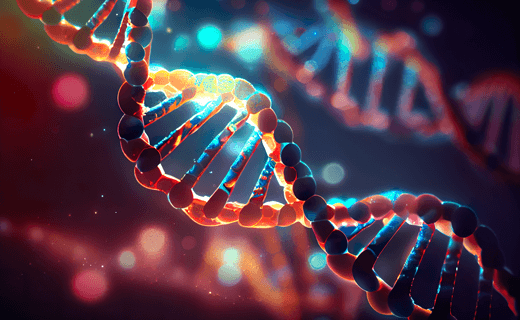January 2, 2025
Symptoms and Causes of Spondylitis
What are Ankylosing Spondylitis symptoms?
The symptoms of spondylitis can vary from person to person and may develop gradually over time. Some common symptoms include:
- Back pain and stiffness: This is the most common symptom, often worse in the morning and after periods of inactivity.
- Pain in other joints: Spondylitis can also affect other joints, such as the shoulders, hips, neck and knees.
- Fatigue: Feeling tired and lacking energy is common in people with spondylitis.
- Reduced range of motion: As the spine becomes stiffer, it can limit your ability to bend, twist, and move your back.
- Eye inflammation: In some cases, spondylitis can cause inflammation of the eyes, leading to redness, pain, and blurred vision.
- Skin problems: Skin conditions like psoriasis or inflammatory bowel disease may occur alongside spondylitis.
What causes Ankylosing Spondylitis?
The exact cause of spondylitis is unknown, but it is believed to be an autoimmune disease. This means that the body’s immune system mistakenly attacks its own tissues instead of protecting them, hence leading to inflammation.

Studies have found that specific genetic mutations are closely linked to having AS. Genetic mutations are changes to your DNA sequence that happen when your cells divide to make copies of themselves. There are more than 60 mutated genes that might cause AS. One example is the human leukocyte antigen-B (HLA-B27) gene. Research says that more than 90% of white people who have AS also have a mutated HLA-B27 gene.
What are the risk factors?
Anyone can develop ankylosing spondylitis, but certain groups of people are more likely to have it, including:
- People younger than 40 (more than 80% of people with AS are diagnosed when they’re around 30).
- People assigned male at birth (AMAB).
- People who have a close biological relative with AS (especially a biological parent).
- People with certain health conditions are more likely to have ankylosing spondylitis, including: Crohn’s disease, Ulcerative colitis, Psoriasis.
What adverse outcomes might ankylosing spondylitis cause?
The risk of spinal fractures, or fractured bones in the spine, is increased in those with ankylosing spondylitis.
Additional issues may include:
- Your spine’s bones have joined together to form a fused vertebra.
- Kyphosis is the forward curvature of the spine.
- Osteoporosis.
- Problems with the eyes and eyesight, such as light sensitivity or uveitis.
- Heart problems, such as cardiomyopathy, arrhythmia, and aortitis.
- Nerve damage.
- Diagnosis of Spondylitis
Diagnosing spondylitis
often involves a combination of medical history, physical examination, and imaging tests. These tests may include:
- Blood tests: To check for markers of inflammation and genetic factors.
- X-rays: To assess the condition of the spine and joints.
- MRI: To visualize inflammation in the spine and surrounding tissues.
Treatment of Spondylitis
There is currently no cure for spondylitis, but treatments can help manage symptoms and slow the progression of the disease. Treatment options may include:
- Medication: Nonsteroidal anti-inflammatory drugs (NSAIDs), corticosteroids, and disease-modifying antirheumatic drugs (DMARDs) can help reduce inflammation and pain.
- Physical therapy: Exercises can help improve flexibility, strength, and posture, as well as manage pain. Many people experience more severe pain when they’re inactive. A physical therapist can suggest specific stretches and exercises to help strengthen the muscles that support your back and spine.
- Surgery: In severe cases, surgery may be necessary to correct spinal deformities or replace damaged joints.
Living with Spondylitis
Ankylosing spondylitis is a chronic (long-term) condition with no cure. Living with spondylitis can be challenging, however, with proper management, it is possible to maintain a good quality of life. Here are some tips for coping with the condition:
- Regular exercise: Engage in low-impact activities like swimming, walking, or yoga to keep your joints moving and muscles strong.

- Maintain good posture: Practice good posture to reduce strain on your spine and prevent further damage.
- Manage stress: Stress can worsen symptoms, so find healthy ways to manage stress, such as meditation, yoga, or spending time in nature.
- Stay informed: Learn about spondylitis and its management to empower yourself and make informed decisions about your health.
- Connect with others: Join support groups or online communities to connect with others who understand what you’re going through.
If you experience persistent back pain or stiffness, it’s important to see a doctor to rule out spondylitis and other potential causes. Early diagnosis and treatment can help manage symptoms and prevent complications.

